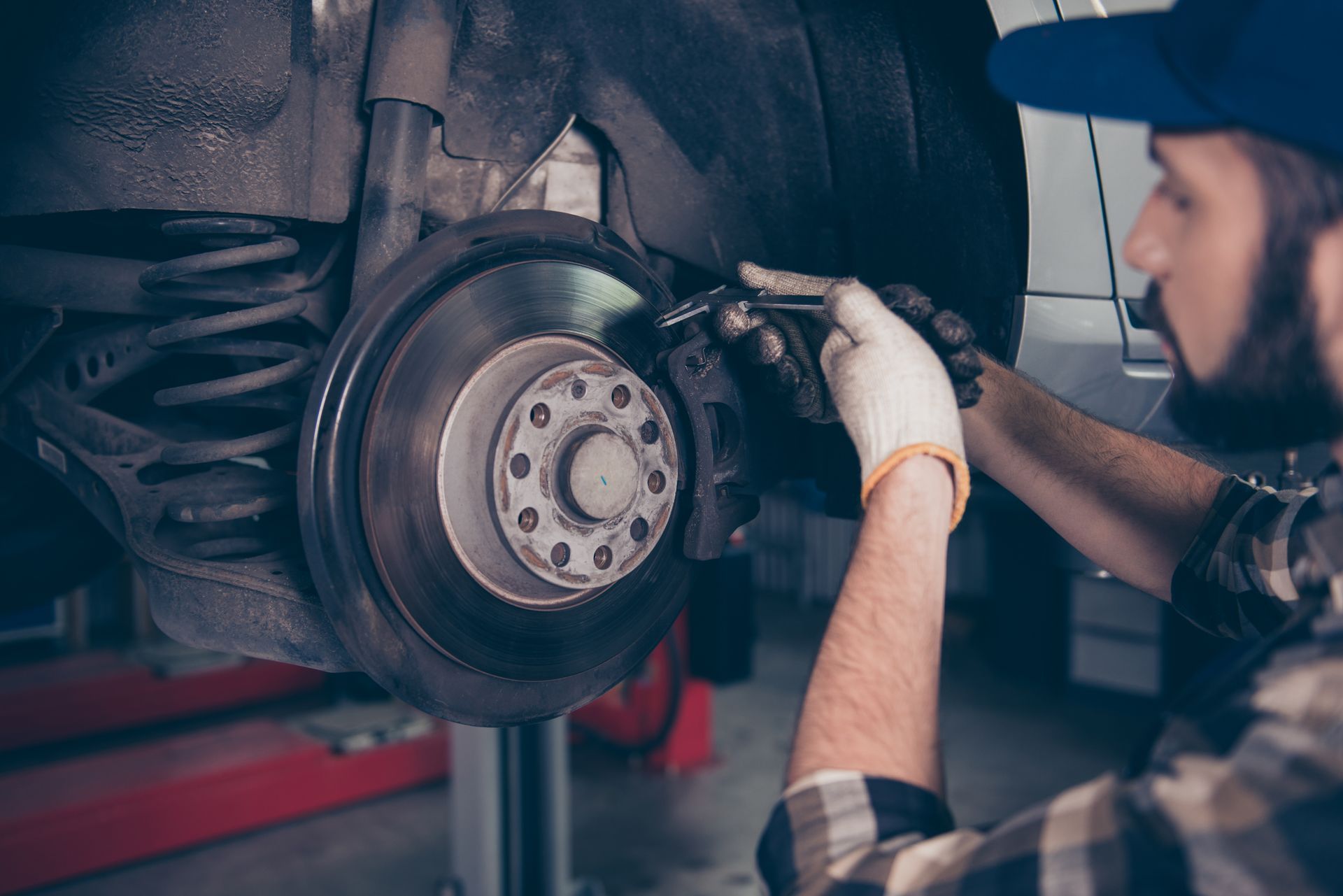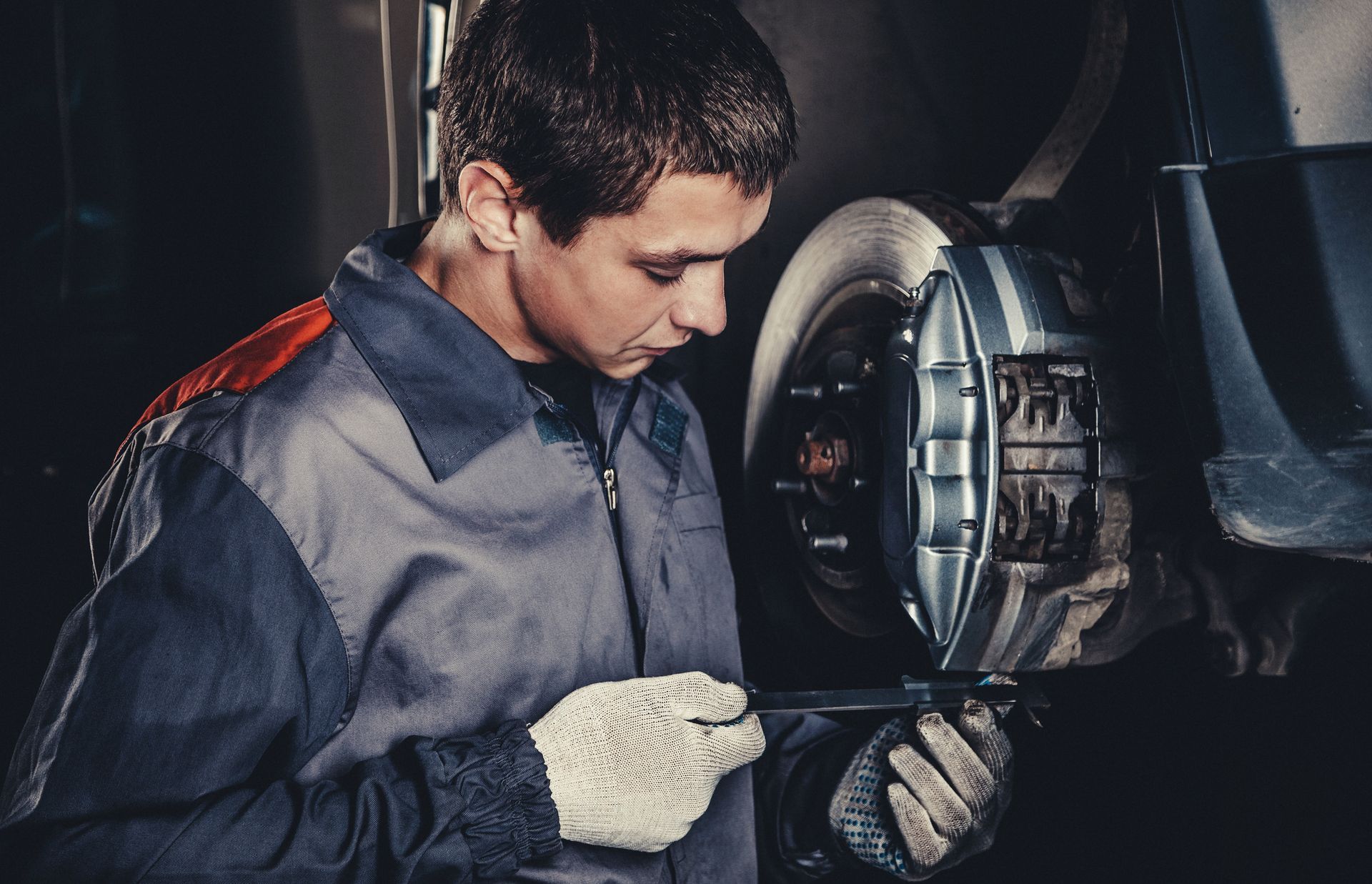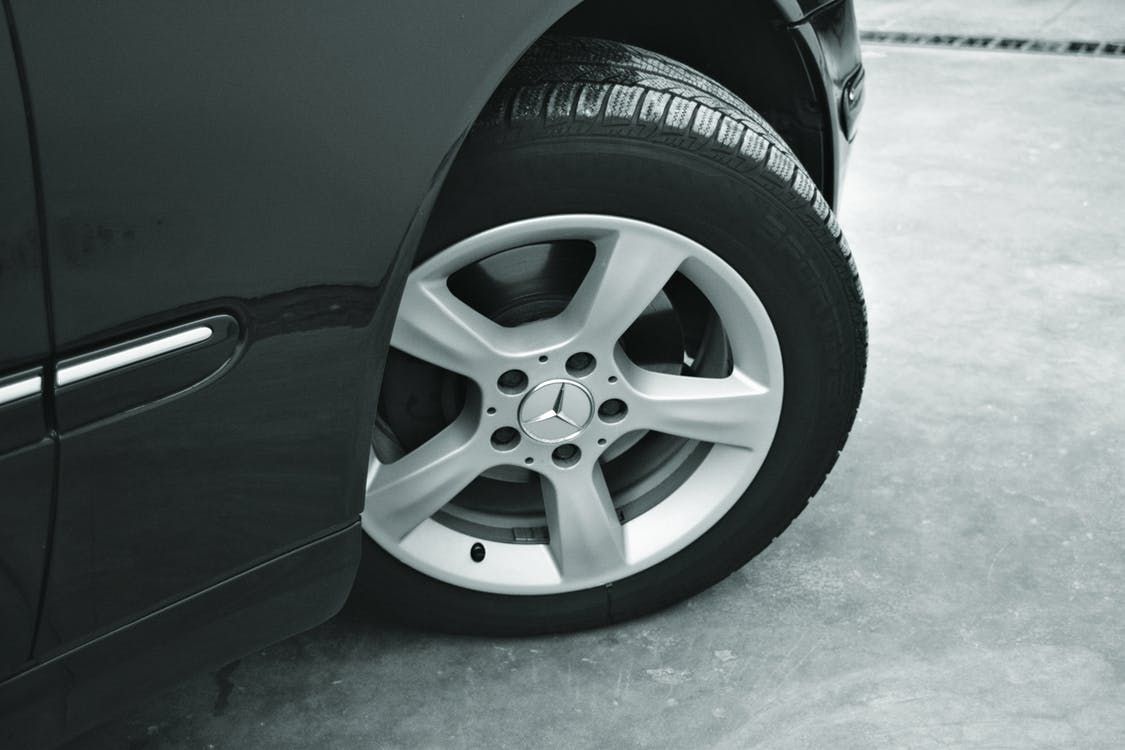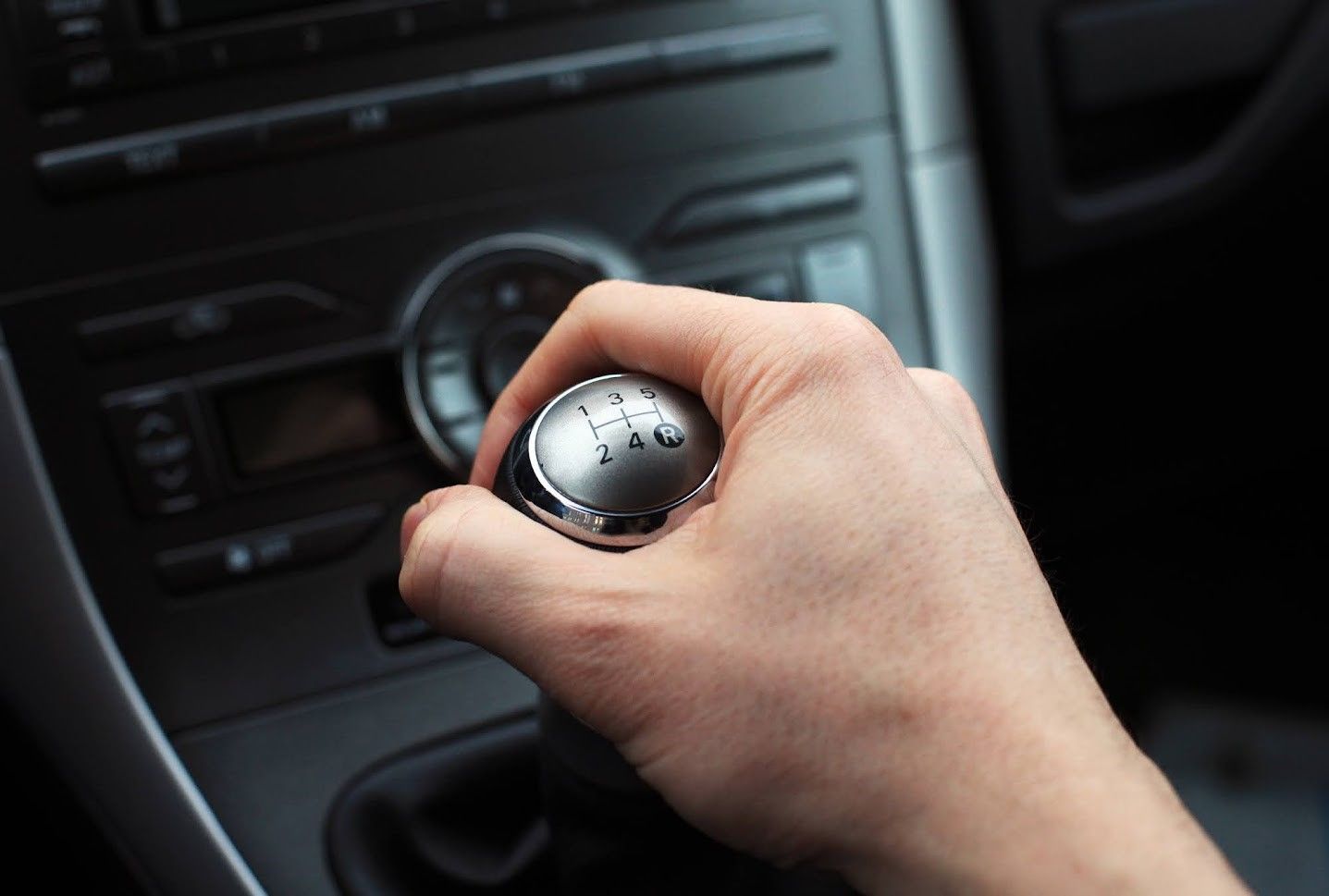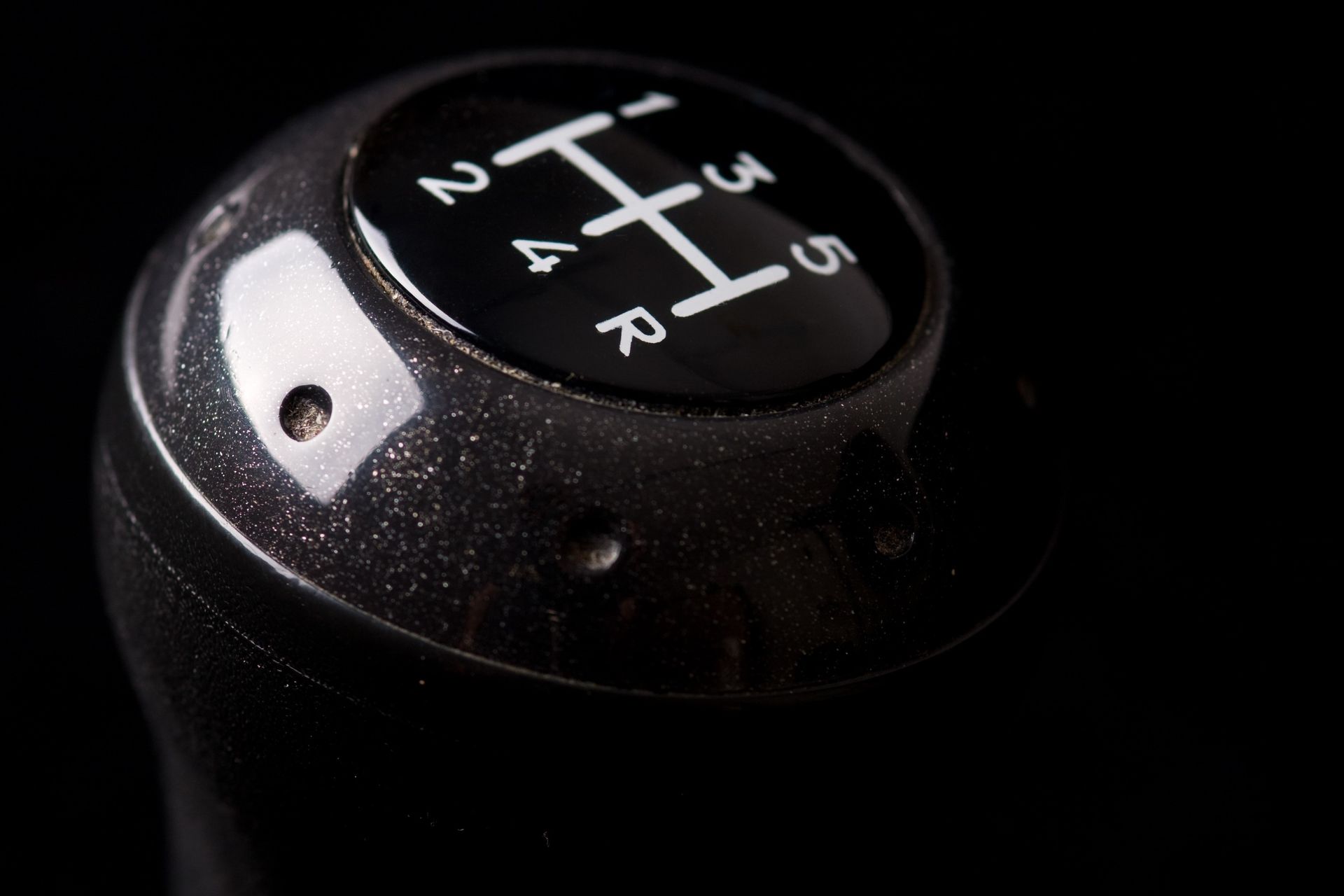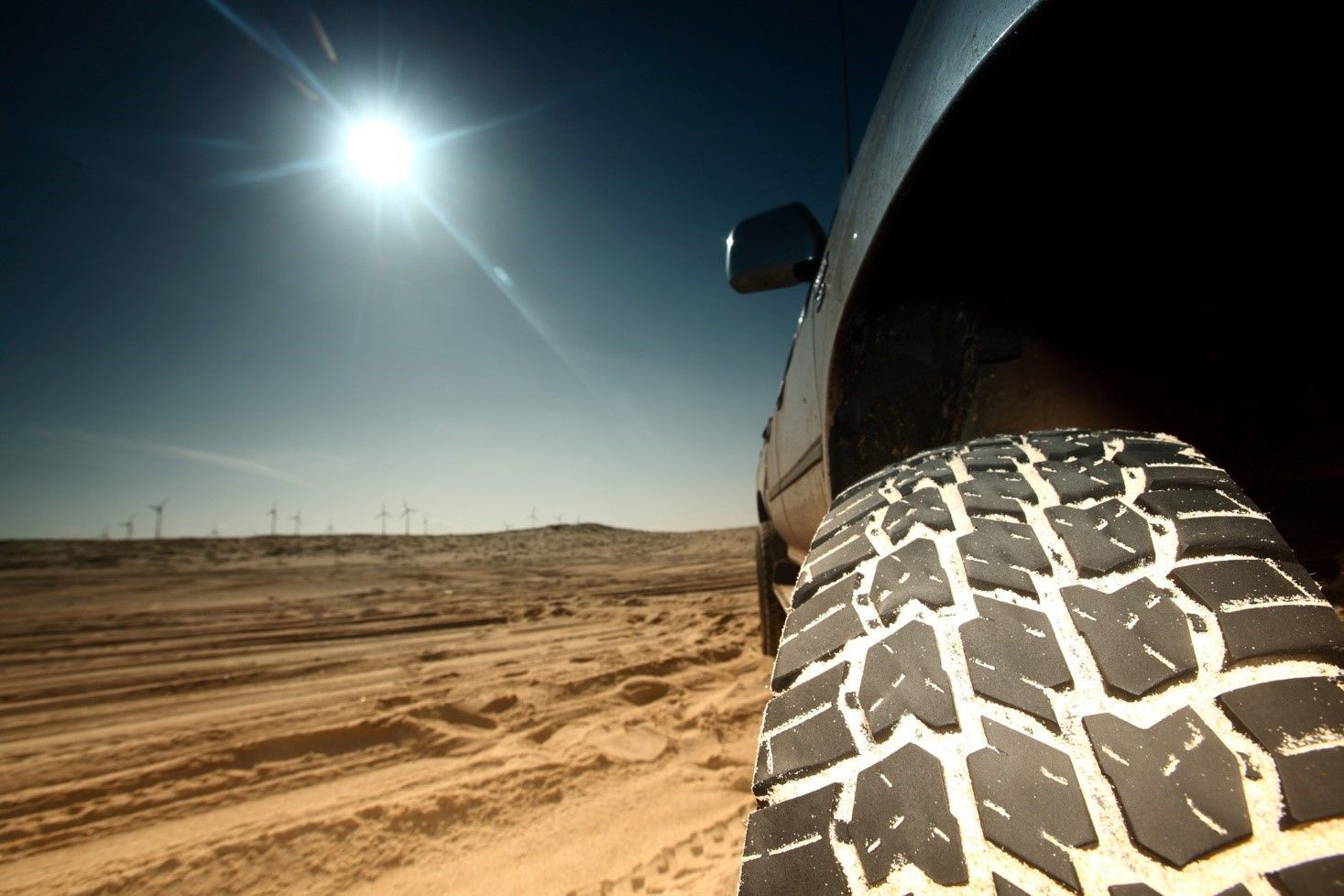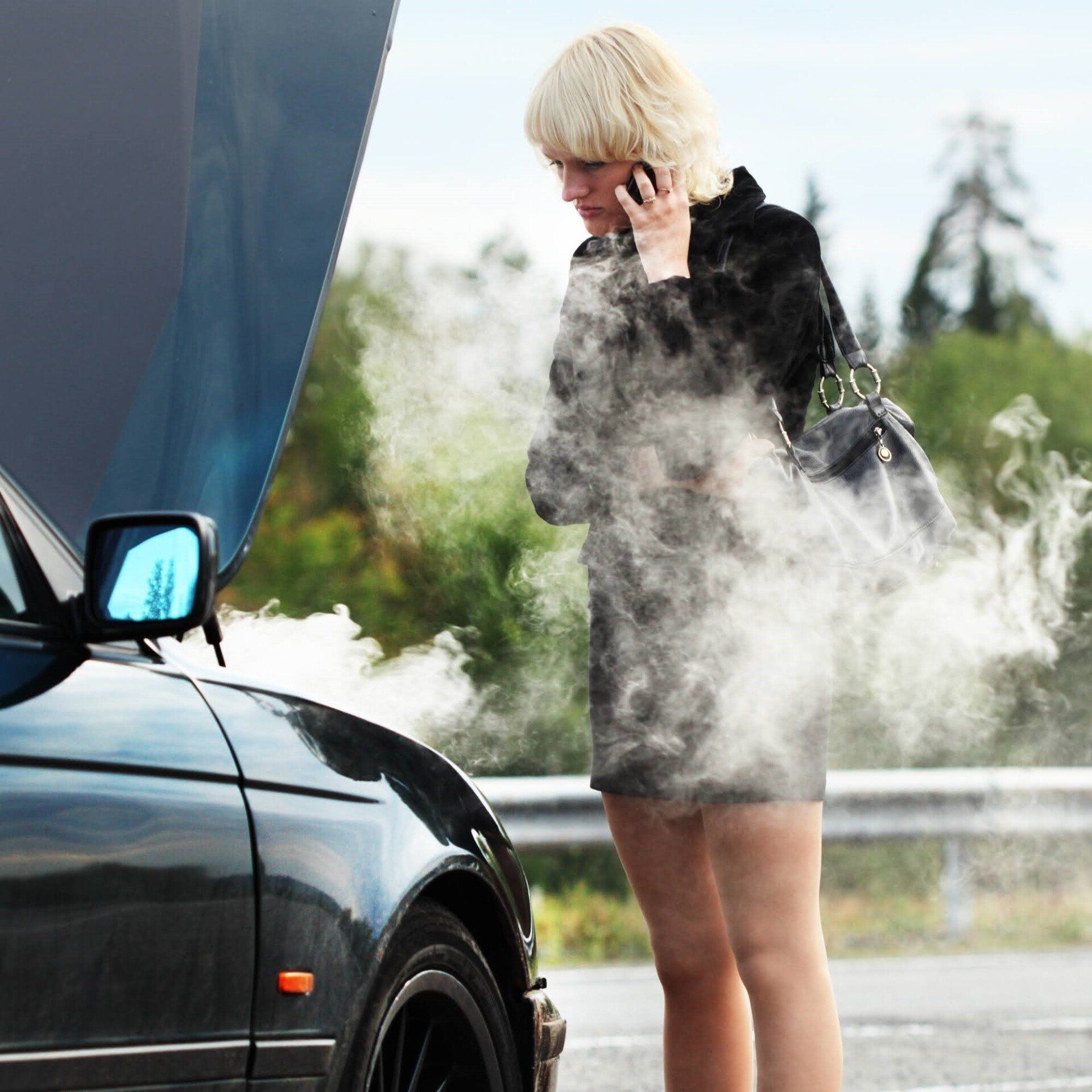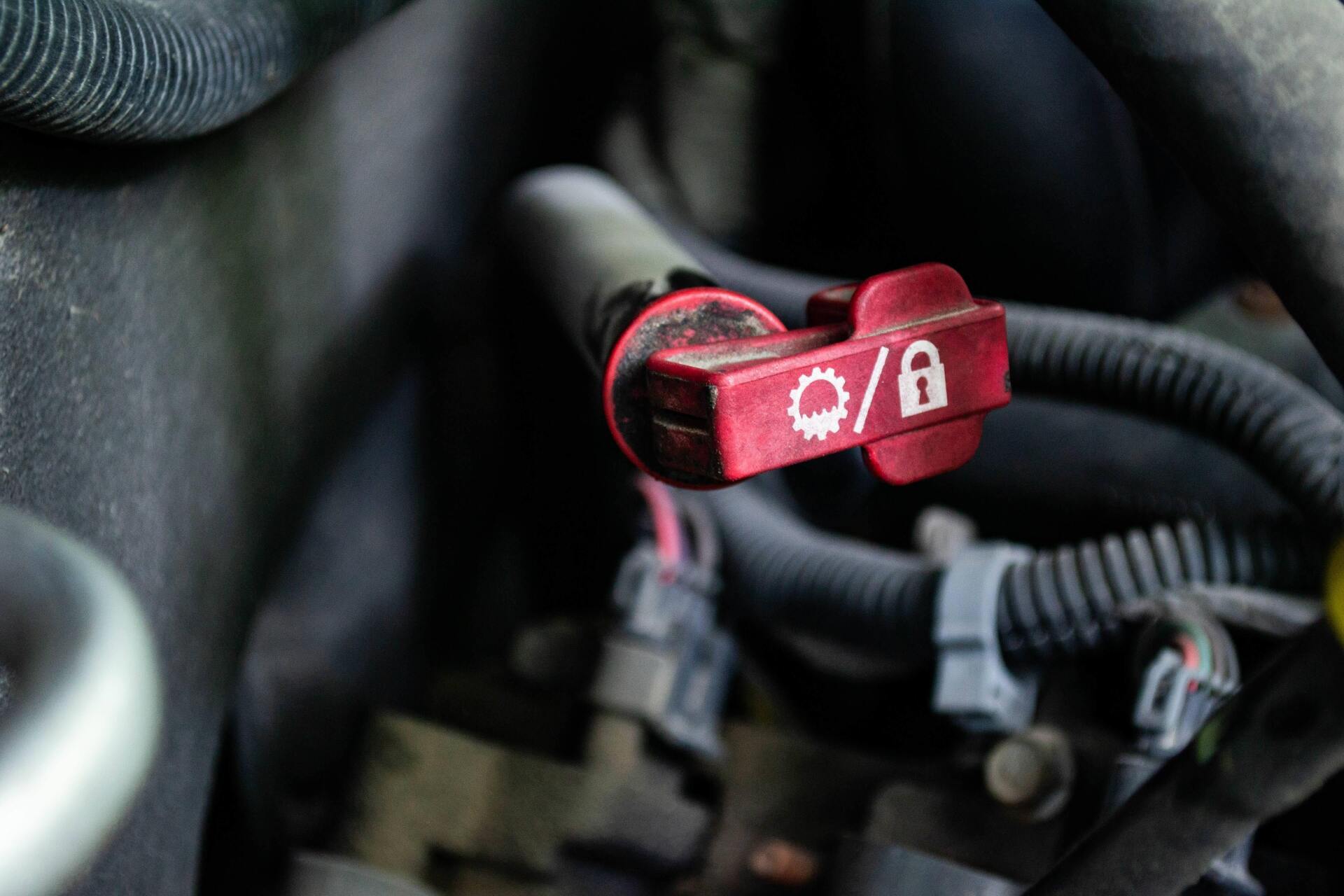All You Need To Know About Brake System Upgrades
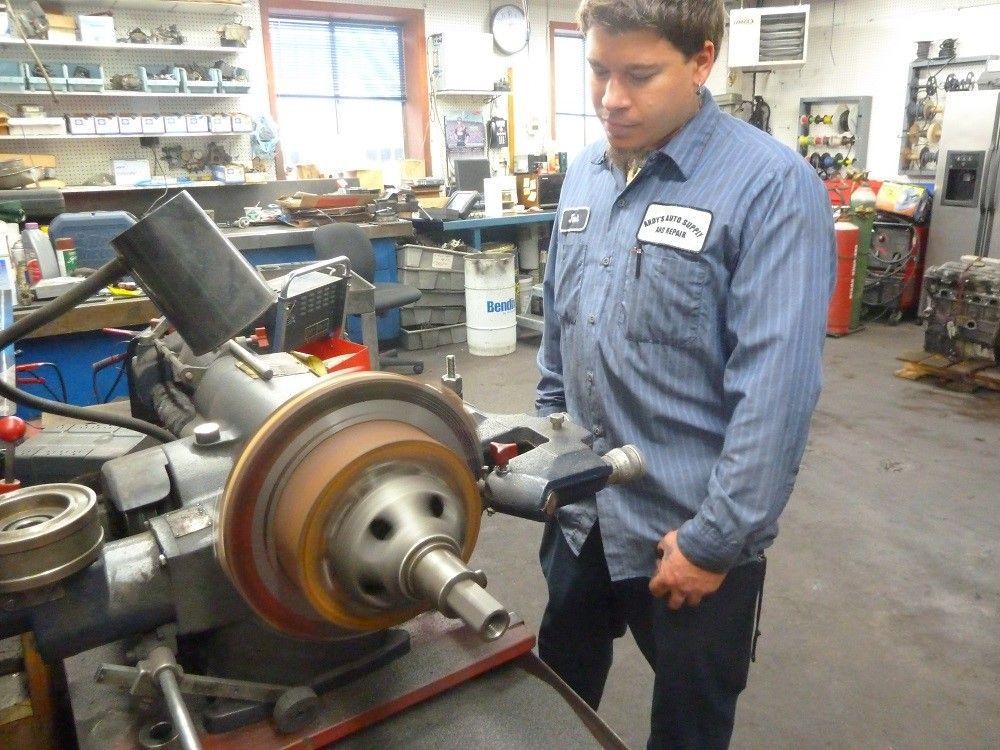
The braking system is an essential car component. It eases vehicle handling and prevents accidents as you drive the car. Most vehicles come with an effective and certified braking system from the manufacturer. However, your needs could compel you to upgrade the braking system to improve its functionality.
So, how do you upgrade your vehicle's braking system? Below is a comprehensive piece on brake system upgrades.
When Do You Need a Brake System Upgrade?
Brake upgrades improve the performance of the braking system. Car enthusiasts often install components that demand more stopping power. For example, a vehicle with a large turbo and rebuilt engine needs enhanced brakes since it attains top speeds quickly. Without brake upgrades, the car could crash or experience handling problems.
You need a brake system upgrade if you intend to haul massive loads. A GVM upgrade allows you to increase the hauling limits specified by the manufacturer. However, a heavier load strains the OEM brakes making them susceptible to overheating and increased wear. A brake system upgrade allows you to haul heavy loads without risking the vehicle's handling and safety.
OEM brakes have a specified maintenance schedule. For instance, you must replace the brake pads at predetermined intervals. A brake system upgrade allows you to extend the service and part replacement intervals. This significantly reduces your trips to the mechanic for brake system servicing and maintenance.
You could also upgrade the braking system to enhance the aesthetics of your car. For example, aftermarket braking systems come with large calipers, and drilled and slotted rotors that significantly improve your car's appearance. It is especially so if you have large rims to make these components visible.
What Upgrades Should You Consider?
Most vehicles come with rubber brake hoses from the manufacturer. These hoses are susceptible to wear due to high brake fluid temperatures and increased pressure when hard braking. Aftermarket stainless steel brake hoses are an instant solution since they dissipate heat efficiently and do not expand when pressure rises. They come with a protective casing to shield the brake lines from punctures and chafing.
You need performance brake rotors to improve the vehicle's braking power. Big rotors increase heat dissipation, which prevents overheating when you brake the car for long distances, carry heavy roads or hard brake the vehicle. Remember, overheated calipers improve the vehicle's stopping distance and predispose the car to brake fade since the high temperatures are often transferred to the brake fluid. So, what are your options when upgrading the rotors?
You could go for smooth rotors with a larger diameter or opt for large slotted or drilled rotors. Smooth rotors are effective for daily driving but do not match the performance of drilled and slotted counterparts. Drilled rotors have staggered holes along the surface. They prevent overheating and help remove water when driving on wet roads.
Slotted rotors suit track driving. They dissipate heat more efficiently compared to smooth and drilled rotors. These rotors also reduce the friction between the brake pads and rotors, significantly improving the braking performance. The slots also remove glaze and debris on the brake pad, helping improve the vehicle's braking power.
Suppose you upgrade the brake rotors; it only makes sense to upgrade the calipers and pads. Large calipers allow you to install larger pads, increasing contact between the brake pads and rotors. It improves the braking bite, enhancing the vehicle's stopping power.
The general rule is to consult a professional to help you explore your brake upgrade options. At Stopmaster Brake Service Pty Ltd, we pride ourselves on the experience needed to upgrade your car braking system. Our team will assess your needs, recommend and install a performance braking system at a reasonable cost.

